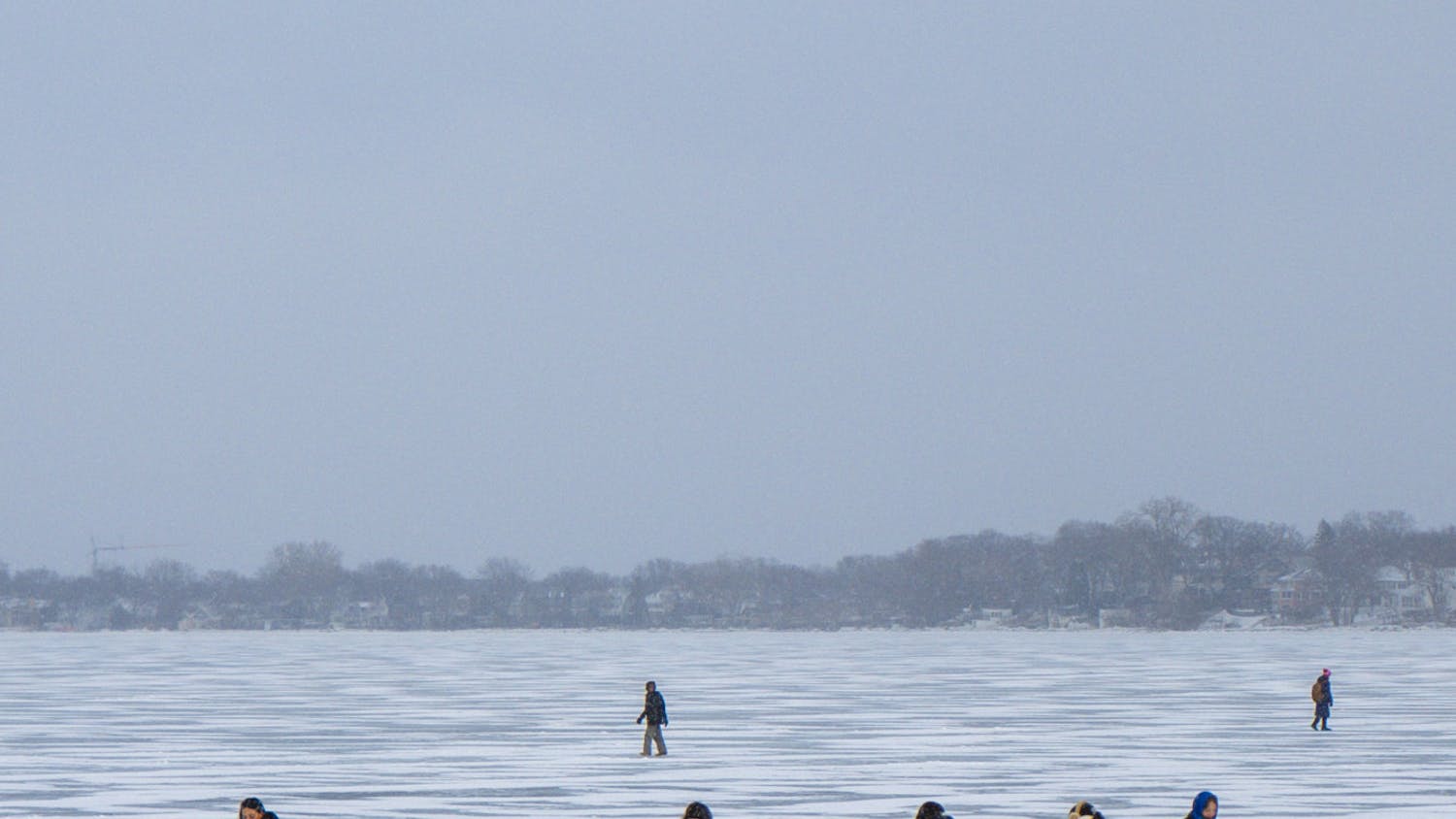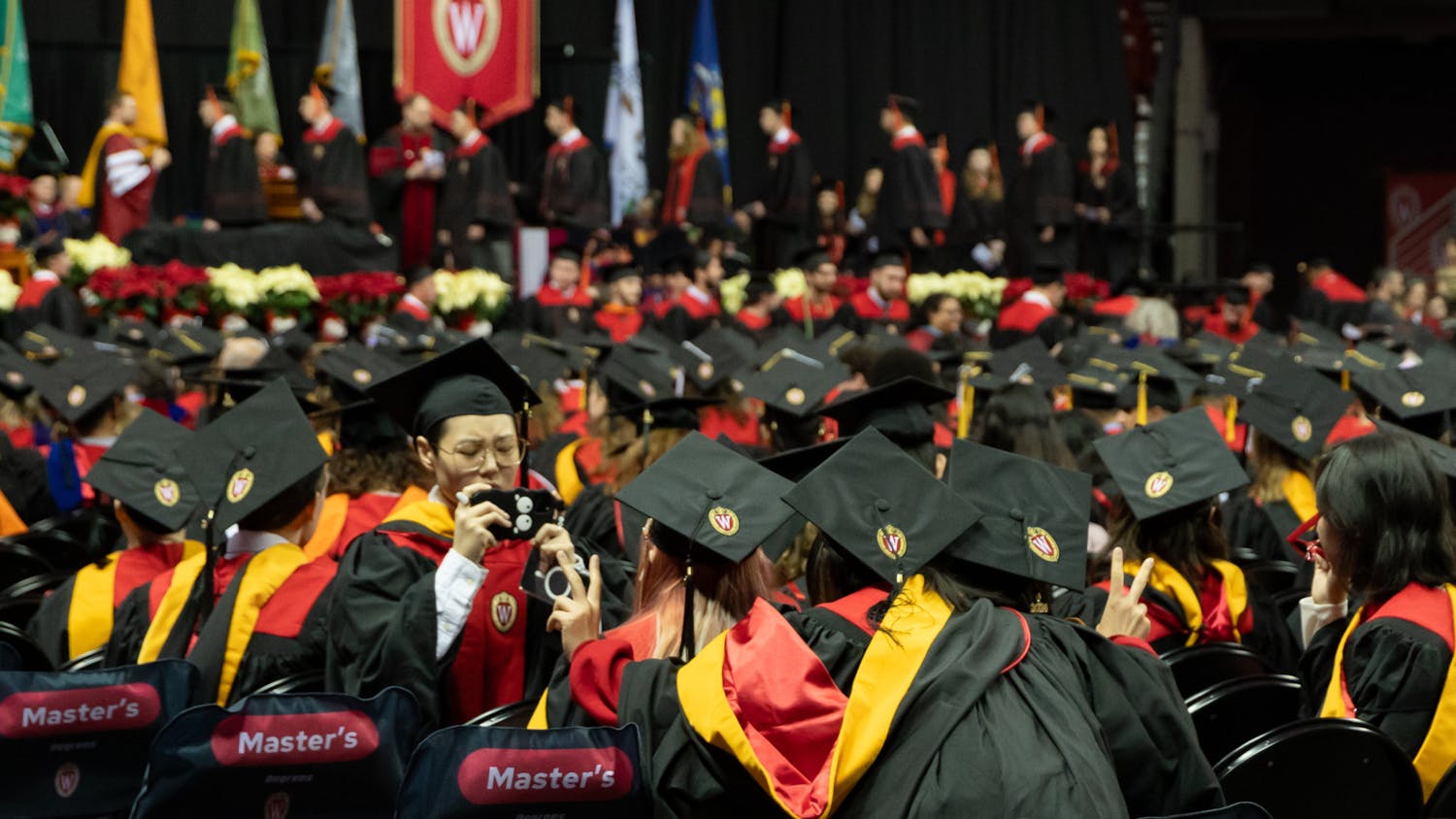On Aug. 24, A.D. 79, Mt. Vesuvius erupted, infamously relieving itself of about a cubic mile of ash and rock, blanketing and thus preserving nearby Pompeii to the delight of future tourists and classicists, if not its citizens. Two-and-a-half miles southeast of Pompeii, the seaside villa community of Stabiae met a similar fate, and the eruption buried its luxurious beach retreats for 1,700 years. ""In Stabiano: Exploring the Ancient Seaside Villas of the Roman Elite,"" showing March 17-June 3 at the Chazen Museum of Art, is an exhibition of over seventy remarkably well-preserved artifacts, ranging from household items to sculpture to wall frescoes, culled from five partially excavated Stabian villas.
In the first centuries B.C. and A.D., the seaside villas of Stabiae were a sort of ancient Malibu, housing Rome's elite during the sweltering summer months. Nestled on the Bay of Naples, these big resort homes were the seat of political deal-making, exclusive dinner parties, and lavish entertainment. And by big we mean absurdly huge—the Villa del Pastore checks in at a cool 204, 514 square feet, featuring a garden 75 feet longer than a professional football field.
In the ancient world, the sophistication of a home's architecture and artwork reflected its occupant's prestige. With this in mind, the Chazen steers its patrons on a path from the inland, agricultural and relatively small Villa Carmiano, on to the also agricultural and likely incomplete Villa Petraro, and finally into the largest of the three rooms aptly housing the exhibit's largest three villas: Arianna, del Pastore and San Marco.
Out of these three, the Villa Arianna gallery promises the most and best of all the exhibit's frescoes; each colorful piece treats either a classic Greek mythical personage, or a more general theme like wine or love. The detail and subtleties of the fresco are even more stunning considering that these are first drafts—Chazen's helpful little guide notes that ""[fresco] mistakes are almost impossible to correct.""
There's Silenus, half man half goat, looking plenty smashed but beckoning for more wine from his couch. And then there's ""The Cupid Vendor,"" in which a woman holds up a tiny Cupid by its wings for customer inspection, a second Cupid despondently clutches the bars of his miniature cage, and a third Cupid pleads at the knee of the potential buyer, whose uncannily empty expression betrays the havoc this purchase will wreak.
The exhibit does a fine job of presenting and explaining the artifacts. What it cannot do is ""evoke the feeling of a visit to a luxurious Roman seaside villa,"" as advertised. The fragmentary nature of the frescoes (many are chipped or incomplete), though, along with the conspicuous incongruence of a dimly lit Madison museum and the breezy Bay of Naples, makes this an easy loss to swallow.
It comes closest with its reconstruction of the Villa Carmiano's triclinium (dining area), which features enormous full-wall depictions of Greek mythical scenes, set in painted-on windows amidst a vivid red backdrop replete with winged figures and equine sea creatures.
The exhibit's two informational videos are standard art-museum fare: about twice as long as necessary but ultimately informative. Unfortunately, a viewing station for the shorter of the two was placed within earshot of every corner of the exhibit, unpleasantly providing your visit with an unbearable new-age soundtrack, which happens to start over every 10 minutes.
Roman artifacts have mostly yielded to time and weather, and what are left of them don't make many trips to Wisconsin. A visit to ""In Stabiano"" is that rare opportunity to get a glimpse of the actual objects ancient men and women (who could afford it) surrounded themselves with, and sonic irritation aside, it makes for an impressive experience.





